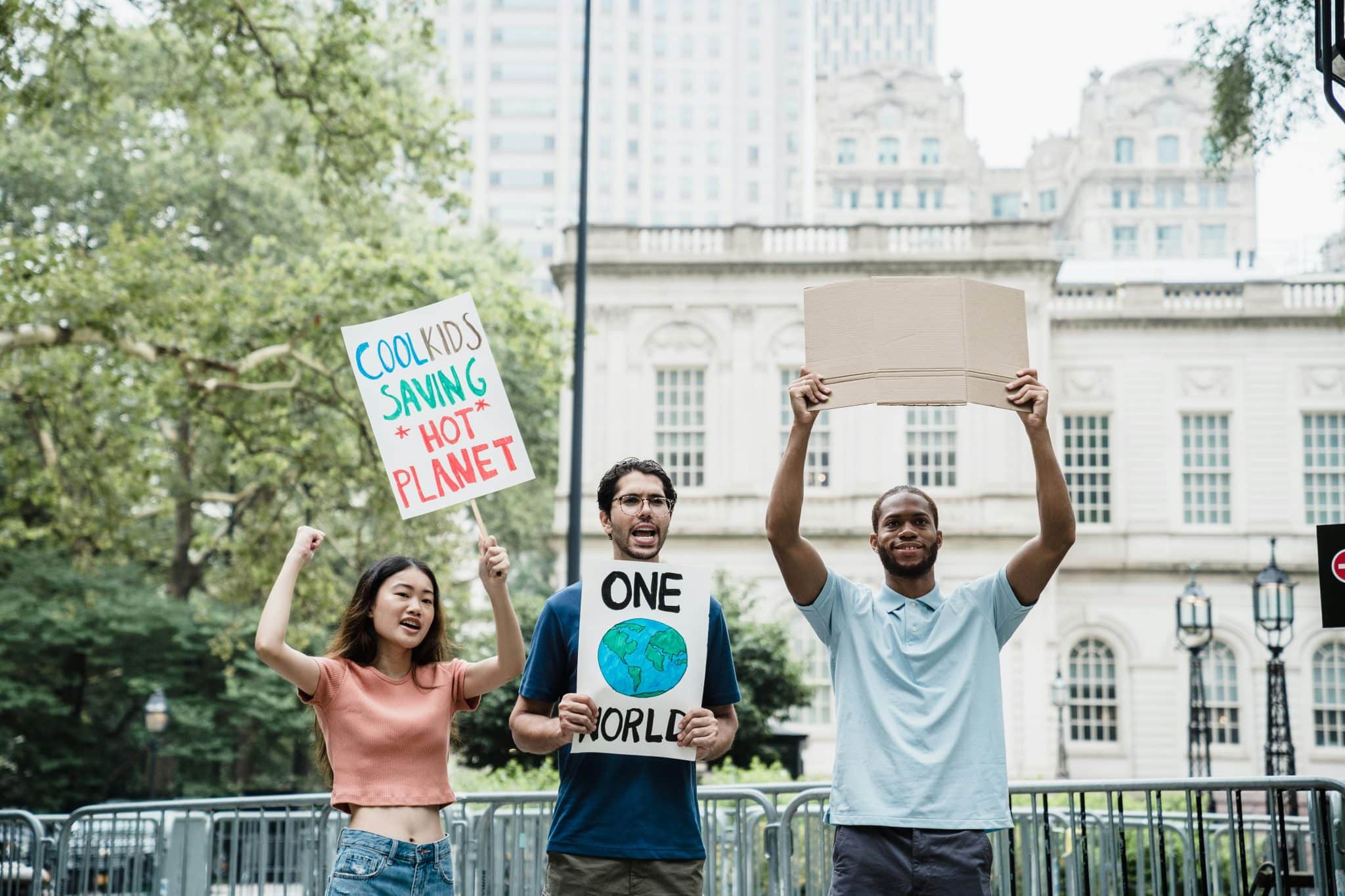Climate Change Education: Empowering Young Activists
The impacts of climate change are becoming increasingly apparent, from rising sea levels to more frequent extreme weather events. As the consequences continue to escalate, there is a growing sense of urgency to take action and address this global crisis. While individuals of all ages can play a part in mitigating climate change, empowering young activists with knowledge and education is crucial in creating long-term solutions and lasting change. In this article, we will delve into the importance of climate change education for young people and how it can empower them to be leaders in the fight against climate change.
The Importance of Climate Change Education
Climate change education is about more than just teaching students the science behind climate change. It involves educating individuals about the impacts of climate change on a local and global scale, as well as the actions that can be taken to address this issue. It also involves instilling critical thinking skills and encouraging a sense of responsibility and action towards protecting the environment.
Incorporating climate change education into the curriculum can help students understand the complexities of the issue and the importance of taking action. By providing students with the knowledge and skills to critically assess environmental issues, they can become informed decision-makers and actively contribute to creating sustainable solutions.
Empowering Young Activists
Climate change education has the power to ignite a passion for environmental advocacy in young people. By educating them on the impacts of climate change, they can develop a deep understanding and connection to the issue, motivating them to take action. With the right knowledge and skills, young activists can become leaders in their communities and advocate for change.
Moreover, climate change education can also inspire young people to pursue a career in the environmental sector. By providing them with a deeper understanding of the complexities of climate change, students can see the importance and value of working towards sustainable solutions. This can lead to a new generation of professionals dedicated to addressing climate change and creating a more sustainable future.
How to Incorporate Climate Change Education
Integrate it into the Curriculum
One of the most effective ways to empower young activists through climate change education is by integrating it into the curriculum. This can be done through subjects such as science, geography, or social studies. By incorporating climate change into existing educational materials, students can learn about environmental issues while also developing essential skills such as critical thinking, problem-solving, and communication.
Hands-on Learning
Hands-on learning can also be a powerful tool in educating young people about climate change. Activities such as tree planting, clean-up projects, and sustainable gardening can help students understand the impact of their actions on the environment. These types of activities allow students to connect with nature and see the positive changes they can make in their community.
Collaborate with Environmental Organizations
Collaborating with local environmental organizations can provide students with a deeper understanding of climate change. These organizations can provide resources, expert speakers, and hands-on activities for students to engage in. By partnering with these organizations, students can see how their efforts can make a tangible difference and become more motivated to take action.
Final Thoughts
In conclusion, climate change education is vital in empowering young activists to create a sustainable future. By providing young people with the knowledge and skills to understand the impact of their actions and take action, they can become leaders in the fight against climate change. It is up to all of us to ensure that the next generation is equipped with the tools and mindset to tackle this global crisis and create a more sustainable future for all.










